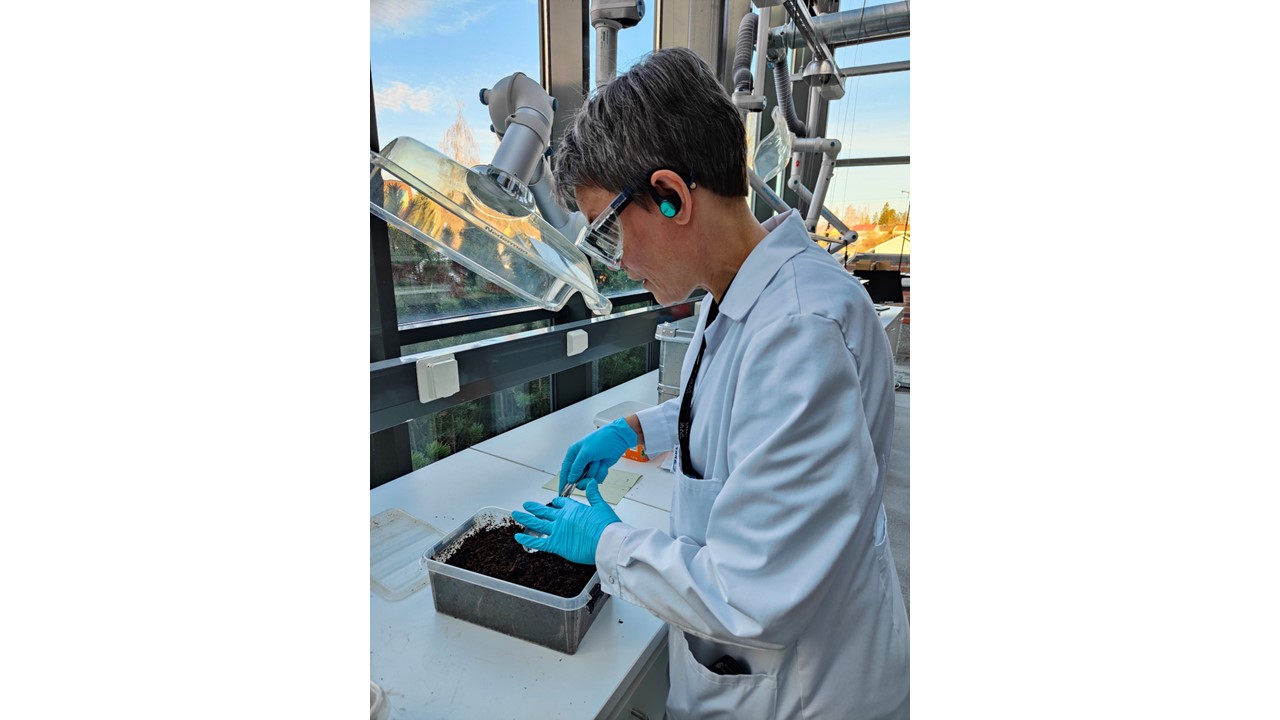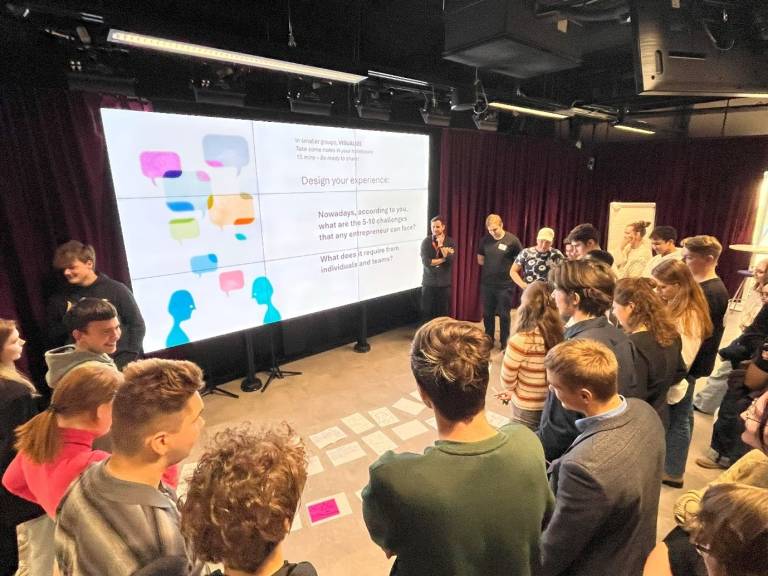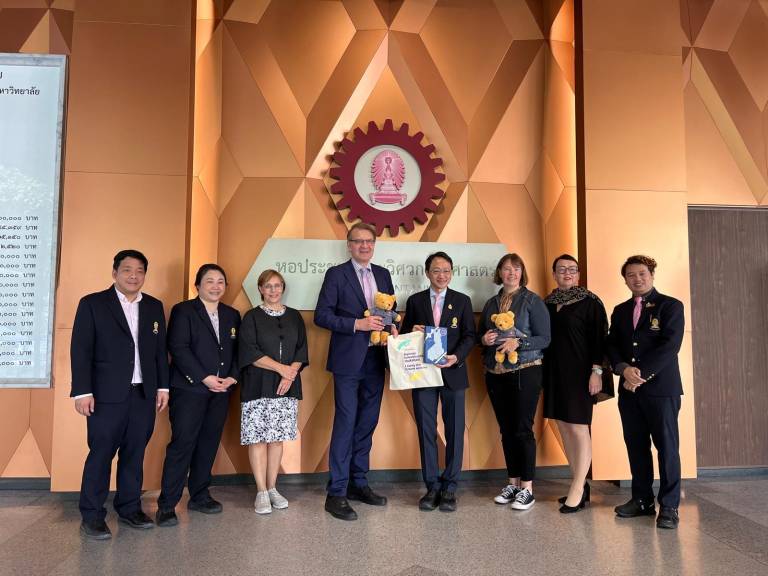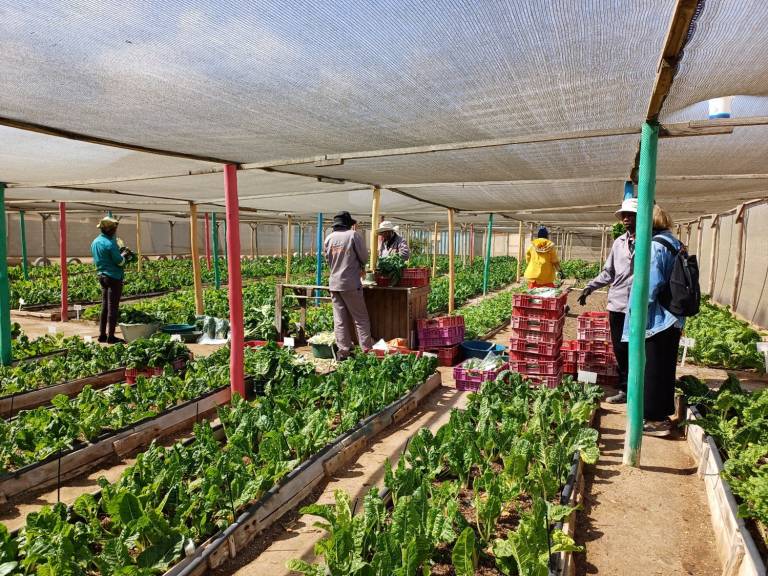In SUSTAFIT (Sustainable fit-for-purpose nonwovens) project the sustainability of nonwovens is studied from different perspectives to improve the raw materials, processing methods, recyclability, and business models. The raw material is only one part in the sustainability of nonwovens as more and more attention is paid to the life cycle of products. One important aspect is to study the end-of-life options of single use nonwovens. For this, the testing of disintegration behaviour will give preliminary understanding on the possibility to compost certain nonwoven products. One of the research questions is to study the end-of-life options of nonwovens e.g., by testing their disintegration to preliminarily investigate the possibility of composting of certain nonwoven materials. For example, as single-use products, different kinds of wipes typically end up in mixed waste stream. Another end-of-life option for these materials would be the organic waste treatment if the materials as such cannot be kept in the closed-loop recycling. Organic recovery of a material by composting is an important alternative for reducing and recycling of materials by biological means. By testing material disintegration in the SUSTAFIT project we can contribute the sustainability of nonwoven materials and can take steps forward in fostering organic recycling of especially single-use nonwovens.
What nonwovens are
Nonwovens are fabrics in which the fibers have been bound together chemically, mechanically or by heat. Thus, the production process is in most cases faster and simpler compared to traditional woven and knitted textiles. Both natural (e.g. cotton and viscose) and synthetic (e.g. polyester and polypropylene) fibres and filaments can be used as raw materials. The synthetic fibers are made not only from traditional oil-based but also from bio-based raw materials. Also recycled plastics are used as nonwovens’ raw materials. Due to these several alternatives of fibers and manufacturing techniques, nonwovens have a great deal of properties enabling their use in many different applications, such as in diapers, wet wipes, and packaging as well as in industrial and healthcare use.
Material’s disintegration testing is important for studying its end-of-life options
To better understand nonwoven materials’ end-of-life options in SUSTAFIT project, we decided to conduct laboratory-scale disintegration testing, i.e., to study the materials’ physical breakdown into very small fragments in a biological environment. This test provides a means to get preliminary indication of material disintegration and it was found a feasible way to provide the project partners new insights for further development of these materials. However, to claim for example compostability of these materials, further tests are needed.
The laboratory scale testing is carried out by keeping the test materials buried in the aerobic synthetic waste reactors for at least 45 days in a constant temperature and specified conditions. After the test period the mass of the remaining, non-disintegrated test materials is determined to give a degree of material disintegration, together with the compost and biowaste validity testing.
The disintegration tests completed so far from samples produced by SUSTAFIT partners have shown interesting and remarkable results that encourage us to continue to utilize this methodology further in the project. The results of SUSTAFIT project will be published in the project final report, scientific articles and further publications. Project webpage: https://projects.tuni.fi/sustafit/
Text: Marita Hiipakka and Piia Kanto. Both work as senior lecturers in school of Built Environment and Bioeconomy and as specialists in SUSTAFIT project
Picture: Piia Kanto
References:
DANA 2023. Read 14.6.2023. https://www.edana.org
ISO 9092:2019 Nonwovens – Vocabulary
Tausif, M. & Goswami, P. Nonwoven Fabrics. Textile and Clothing Design Technology. 257—280





